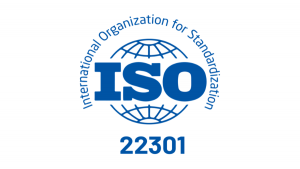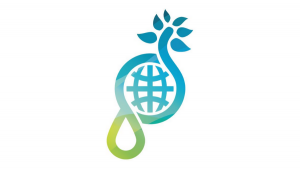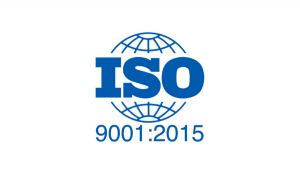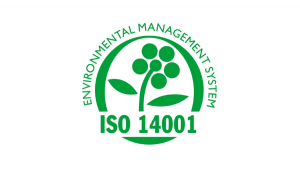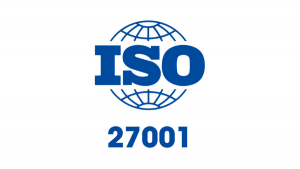What is the CSR Performance Ladder?
The CSR Performance Ladder is inspired by internationally accepted documents, such as ISO 26000, ISO 9001:2015, AA1000 and the Global Report Initiative (GRI). The structure of the standard is identical to the structure of ISO 9001 and ISO 14001. It is set up according to the so-called High-Level Structure, and as a result, can be set up as a Management System and integrated with existing Management Systems.
The CSR Performance Ladder has been applied in the Netherlands since 2010 and has also been recognized internationally since 2015. CSR and sustainability are valued by large clients and the government in tenders. Thus, the CSR Performance Ladder fits perfectly with the CO2 Performance Ladder, with both standards supporting each other.
The CSR Performance Ladder is based on communication with stakeholders on the basis of recognizable CSR indicators in the Management System. There are five levels in the CSR Performance Ladder, it is up to you as an entrepreneur to be certified at one of the 5 levels
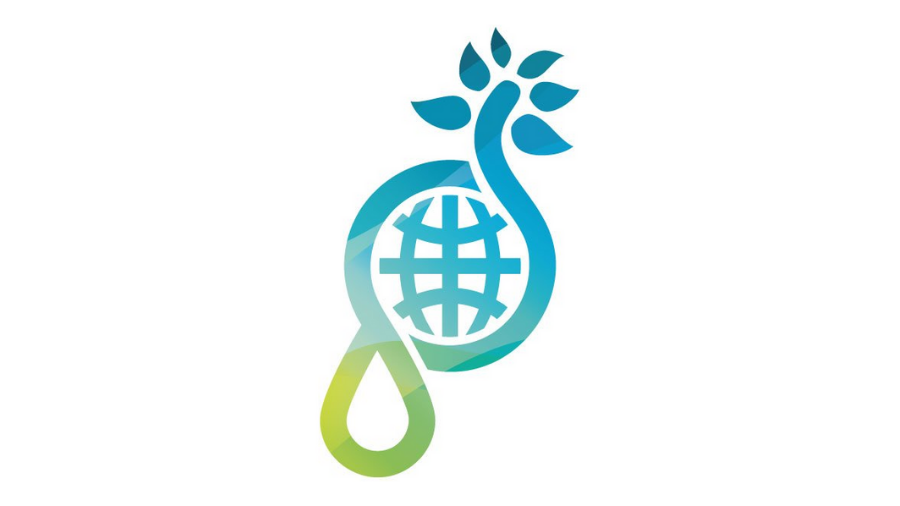
Certification
Certification means that an external, independent party (certifying body) determines whether the organization's quality management system meets all standard requirements. To determine this, a certification body (CI) conducts an audit. This first (certification audit) consists of two phases.
The first phase serves;
- to review the documentation
evaluate the site and site-specific conditions and conduct interviews with employees to determine whether the organization is prepared for phase two - to assess the extent to which the organization meets the requirements of the standard and understands the requirements of the standard, in particular concerning the identification of key performance indicators and aspects, processes and operation of the management system
- gather necessary information regarding the scope of the management system, processes and locations, and relevant statutory and legal aspects
- to see what resources are available for the second phase and to reach an agreement with the organization on the elaboration of the second phase audit
- to obtain a good understanding of the organization's management system, its activities and significant aspects that are relevant to it
The purpose of the phase two audit is to assess the implementation and effectiveness of the management system. The phase two audit occurs at the organization's site(s). The phase two audit shall include at least the following:
- information and evidence regarding conformity to all requirements of the standard
- performance evaluation, measurement, reporting and assessments done to determine the extent to which goals and objectives have been achieved
- The organization's management system and how the organization meets legal requirements
- The control of the organization's processes
- Internal audits and management review
- Management involvement in the quality policy
- The connection and coherence between the requirements of the standards, the organization's policy, goals and objectives, legal requirements, responsibilities, employee competence, implementation, procedures, performance information, and findings from internal audits.
Subsequently, in the two years after that, organizations are tested (semi-) annually to assess whether they continue to meet the standard's requirements. Recertification again consists of 2 phases and occurs in the third year of the first certification. This cycle is maintained.
Deviations
If any nonconformities are noted during an audit, they are recorded in the audit report. The name may vary from one certifying body to another but boils down to the following:
- Major non-conformity (Categorie 1 afwijking):
- The lack of effective implementation concerning one or more system requirements of the standard, or a situation where it is not or not sufficiently ensured that the product or service will meet requirements;
- Multiple Category 2 nonconformities to a standard requirement that has been identified as lacking in effective implementation within the management system
- A category two nonconformity where the required corrective action has not resulted in effective implementation will be upgraded to a category one finding
The correction, cause analysis and corrective action plan, together with sufficient evidence of their implementation, must be submitted within 90 days of the last day of the audit. Assessment of nonconformities is done through desk research. However, depending on the seriousness of the findings, the auditor may conduct a follow-up visit to confirm that the measures have been taken, evaluate their effectiveness, and determine whether nomination for certification or continuation of the certificate can occur.
2. Minor nonconformity (Category 2 deviation):
A lack of discipline or control in implementing a system or procedural requirements does not affect the functioning of the system and the meeting of the product/service requirements.
The lead auditor and verification must approve the correction, root cause analysis, and corrective action plan of the implementation and assessment of the effectiveness of the corrective action must take place at the next visit.
Observation
An observation is not in itself a deficiency, but it may indicate a possible future deficiency if the situation is given too little attention; an observation may also refer to a situation where no appropriate evidence is found to support the determination of a deficiency.
Recommendations for improvement
Recommendations for improvement relate to areas or processes where - minimum-standard requirements may be met, but improvement is possible.
Reference
http://www.mvoprestatieladder.nl/
https://www.mvoprestatieladder.nl/en/what-is-csr-performance-ladder/
ISO Norms
ISO: 23301 Information
Door George |
CSR Performance Ladder
Door George |
ISO: 9001 Information
Door George |
ISO: 14001 Information
Door George |
ISO: 27001 Information
Door George |
Related articles to CSR Performance Ladder
Many customers and visitors to this page 'CSR Performance Ladder' also viewed the articles and manuals listed below:

